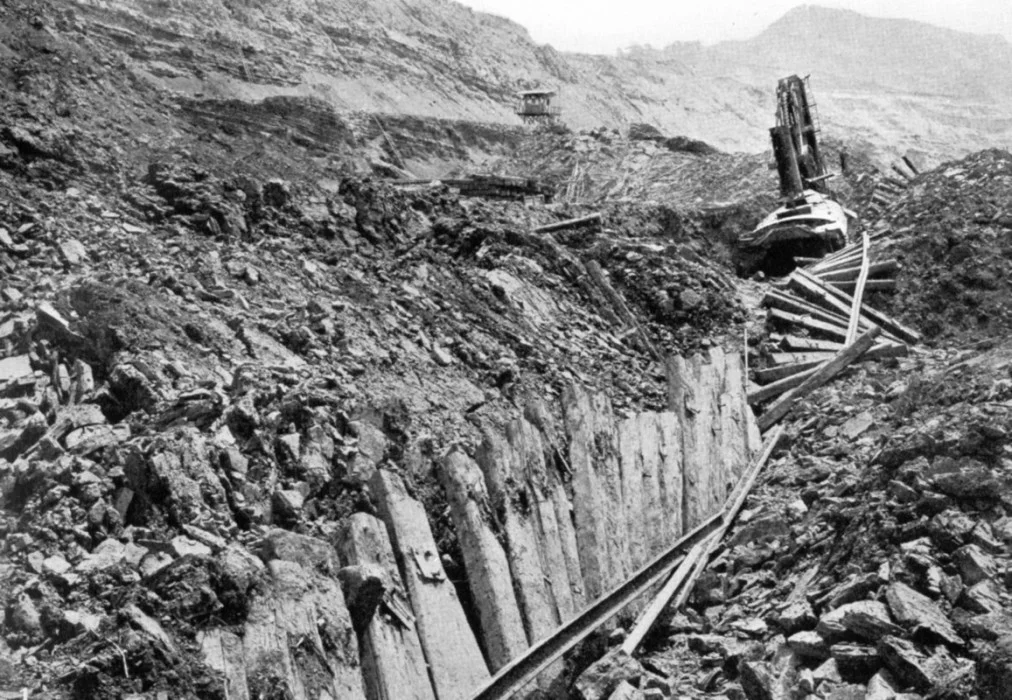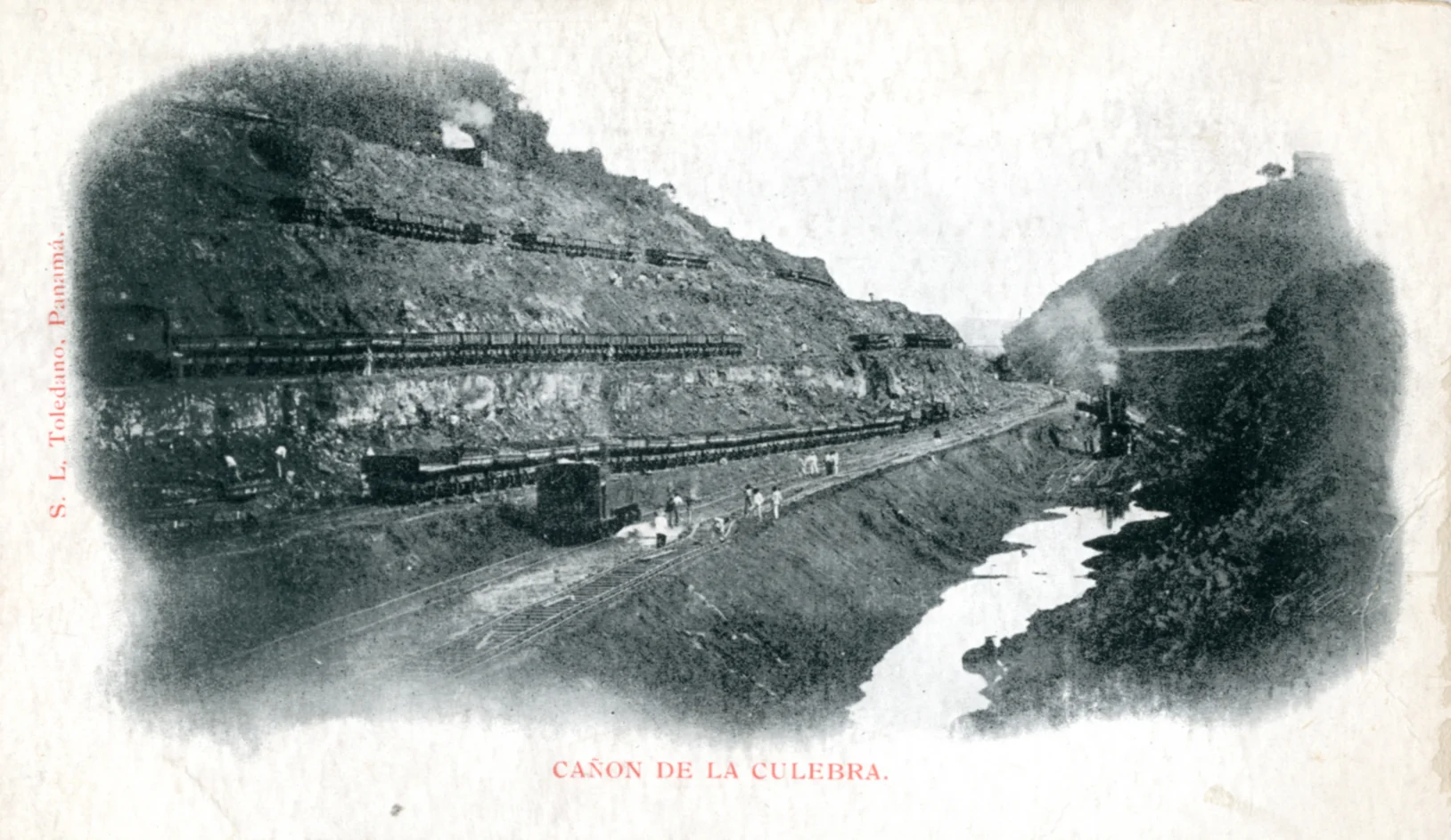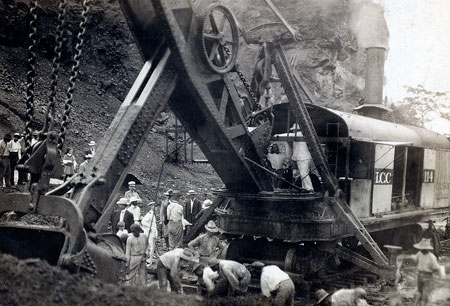A Brief History of the Panama Canal
- Jessica Cyphers

- Jul 9, 2023
- 4 min read

One of the major attractions in Panama City is, of course, the Panama Canal. I visited it twice during my stay in Panama. The canal has an amazing history and is an incredible engineering feat. I won't attempt to cover all of it in one post. Instead, I will briefly focus on its history and look at its other facets in future posts.
Why Build a Canal?
Prior to the creation of the Panama Canal, the only way for ships to get from the Atlantic Ocean from the Pacific, or vice versa, was to circumnavigate South America—a treacherous route that, even with modern ships, takes three to four weeks. Ship wrecks were frequent, and of course, the journey was far from efficient. To shorten this voyage, as early as 1534, the Spanish crown (who ruled Panama from 1513 to 1821) recognized the strategic and economic importance of uniting these two seas via the isthmus of Panama.
But, how?
The French Attempt.
The French engineer Ferdinand de Lesseps, who completed the Suez Canal in 1869, took the first stab. To create the canal, de Lesseps proposed cutting straight through the isthmus to create a sea-level canal like he had done in Egypt. Work began in 1882, but crews quickly ran into problems. First, the tropics are not the same as the desert. Panama is mountainous and composed not of sand, but of jungles. The soil in these jungles is fragile and, left unprotected, easily washes away. Not only that, much of the country was too mountainous to blast through. A sea-level canal was simply not practical.
In addition, during the more than twenty years de Lesseps and his successor, the Compagnie Nouvelle, worked on the canal, malaria and yellow fever decimated their crews. According to the National Library of Medicine, more than 22,000 French workers lost their lives to disease and accidents while working in Panama.
Finally, in 1903, weary and with less than 700 men left, the French went bankrupt and had to give up.
Images of the French attempt from online sources.
The American Canal.
Enter the Americans. After the French left, the Americans saw their opportunity. In 1903, with the backing of the United States, Panama signed the Hay-Herrán Treaty with Colombia. (When Panama declared its independence from Spain in 1821, it had joined the confederation of Gran Colombia. Panama was always only tenuously connected to Colombia, however. There were many flare-ups between the two even while the French were working on the canal.) The treaty granted the country its independence from Colombia, as well as granted the United States use of the Isthmus of Panama in exchange for financial compensation.
The U.S. would start where the French had left off.
They started work in 1904. Unfortunately, the first two chief engineers, both civilians, resigned after short tenures. President Theodore Roosevelt announced that the next chief would be an Army officer and would find himself facing a court martial if he walked off the job. That man was Major George W. Goethals. Luckily for him, not only did Major Goethals not walk off the job, he finished it ahead of schedule, under budget, and with no corruption.

Goethals was born to Belgian immigrant parents in Brooklyn, New York, in 1858. He graduated with honors from West Point entered the U.S. Army Corps of Engineers in 1880. Goethals had engineering duties in the Spanish-American War through which he was involved in several civil works projects that involved the building of canals, locks, and dams. In 1905, he visited the Canal Zone and so impressed Roosevelt and Secretary of War William Howard Taft that they chose him for the chief engineer’s position after John F. Stevens resigned.
Goethals had a different idea to cut through Panama. Rather than attempt to cut straight through the isthmus, why not use a body of water that was already there? Goethals decided to damn the Chagres River and create a large lake in the center of Panama. Then, he would build a series of hydroelectric-powered locks to raise ships to the level of the lake and then lower them back down to sea level when they reached the other side.
Brilliant? Perhaps. But there was more.
Even if his design worked, Goethals knew they wouldn't be able to complete it if they couldn't keep their workers alive. He brought in William Gorgas, Chief of Health, who built on the work of Drs. Walter Reed and Carlos Finlay who had discovered the connection between mosquitoes and yellow fever while working in Havana, Cuba in 1886. Gorgas recommended fumigation and the removal of standing water (in poorly maintained gutters, for example) in what was now the U.S.-controlled "Canal Zone" and nearby areas. Initially they faced resistance from locals, but eventually they were able to complete the work, and by 1906 yellow fever and malaria had been eradicated.
The Americans worked on the canal from 1903-1914. In my next post, I'll look dig further into the history and look at how the locks, which were an engineering feat ahead of their time, worked. Stay tuned!

Even when the U.S. took over, it was HARD and dangerous work. Many lives were lost during construction.

Amazing to see the canal today compared to how it started.

An overview of the Miraflores Locks, one of the canal's main sets of locks, at the visitors center.

A ship crossing Gatun Lake.
Sources: PBS, The Smithsonian, The History Channel, U.S Army Corps of Engineers, National Library of Medicine










Keep those stories and pictures coming, Jessica. We are enjoying them!
Grandpa & Joyce
Hi Jessica,
I hope you’re enjoying your time in California.
Thanks for this first look into the history of the canal, it’s whetted my appetite for the next post and more history of the canal.
Have a wonderful week.